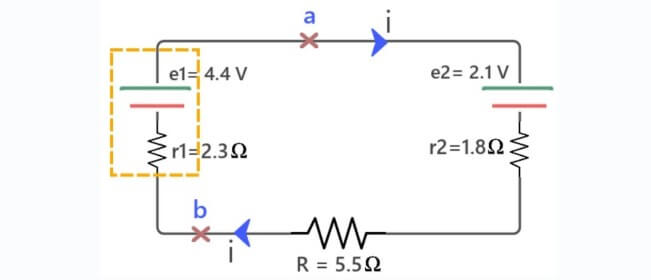The movement of electric charge drives the current in a circuit. The negatively charged atom-containing particles known as electrons are responsible for carrying electric charge. A power source, like a battery or generator, in a circuit produces an electric potential difference between two points. The electrons move from the power source’s negative terminal through the circuit and back to its positive terminal to complete a closed loop as a result of this potential difference, or voltage.
Electric current is the movement of electrons within a circuit from one point to another. The voltage of the power source and the circuit’s resistance affect how strong the current is. The current will be bigger if the voltage is higher and the resistance is lower. The ampere (A), which is defined as the flow of one coulomb of charge per second, is the unit of measurement for electric current.
In conclusion, an electric current is produced when electrons move across a circuit as a result of a potential difference caused by a power source. The voltage and resistance of the circuit dictate how strong the current will be.
| Read More Topics |
| Electric current and quantity of electricity |
| Electric circuit and magnetic circuit |
| Frequency control in power system |
| Electrical comparator working principle |






